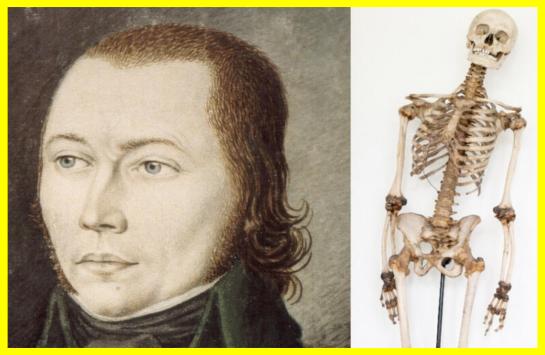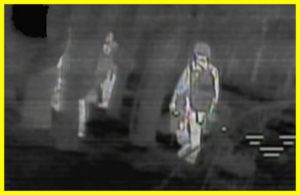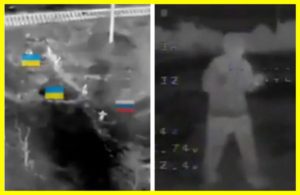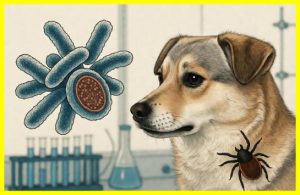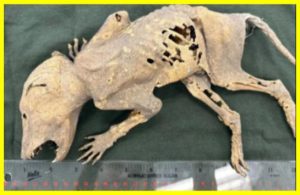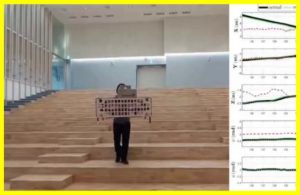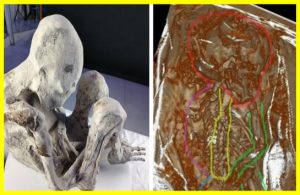Scientists have corrected a 200-year-old historical error
An international team of researchers has finally established which of the two skeletons in the Anatomical Collection of the University of Heidelberg belongs to the legendary outlaw Johannes Bückler, better known as Schinderhannes.

A mistake made more than two centuries ago has been corrected thanks to modern methods of genetic and chemical analysis.
The work is published in the journal Forensic Science International Genetics (FSI).
In 1803, Schinderhannes and his accomplice, Schwarzer Jonas, were executed by guillotine in Mainz along with 18 other criminals.
Two years later, their skeletons entered the university anatomical collection. However, in the early 19th century, probably when the head of the anatomy department changed, they were mixed up.
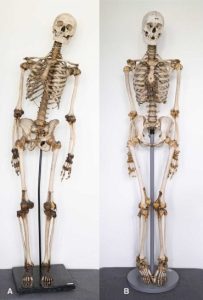
In the new work, scientists applied modern molecular genetic and anthropological methods to restore the truth.
To establish the true identity of the skeletons, the researchers used a comprehensive scientific approach.
Isotopic analysis helped determine in which regions the outlaws spent their childhood and adult years.
Radiologic and chemical studies established age, sex, and possible diseases.
Genetic analysis of mitochondrial DNA confirmed a fifth-generation kinship between the skeleton found and a living descendant of Schinderhannes.
A molecular genetic study based on five thousand markers finally confirmed the identity of the famous outlaw.
VIDEO. Schinderhannes – one of the most dangerous robbers in the history of German crime. (English subtitles)
